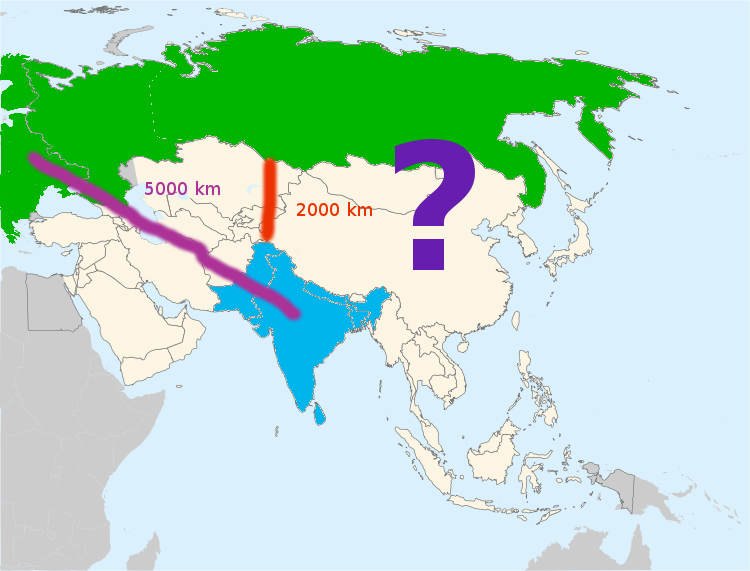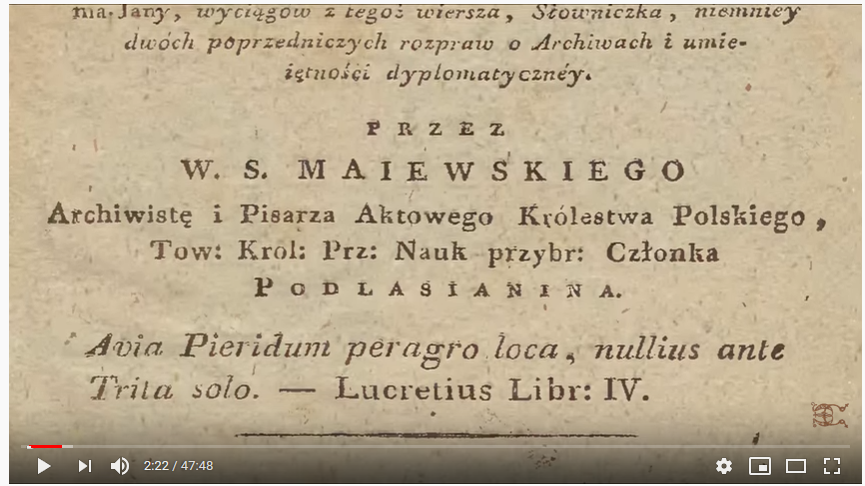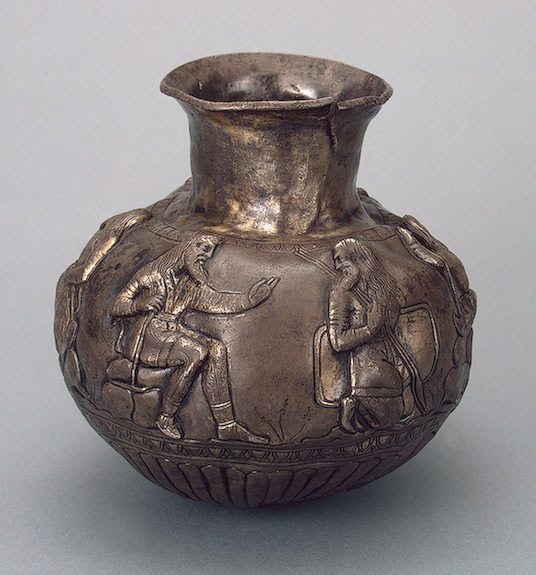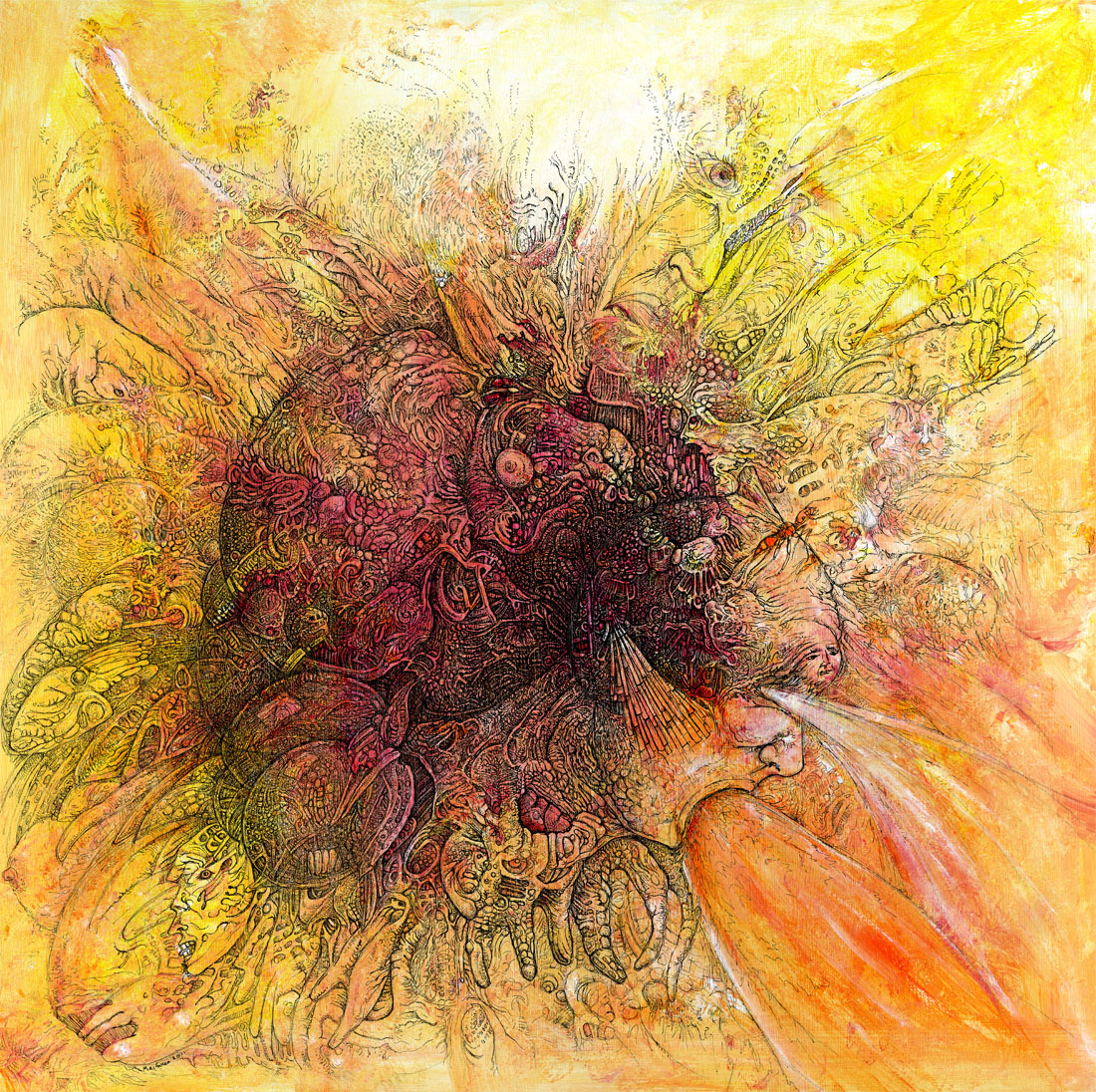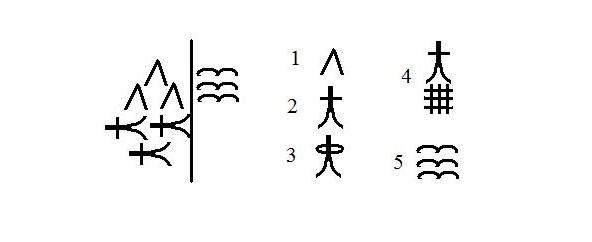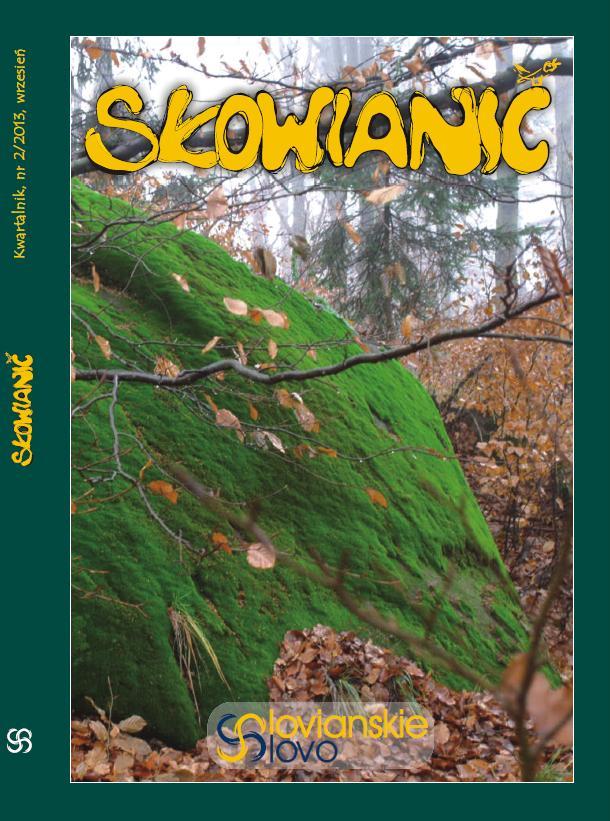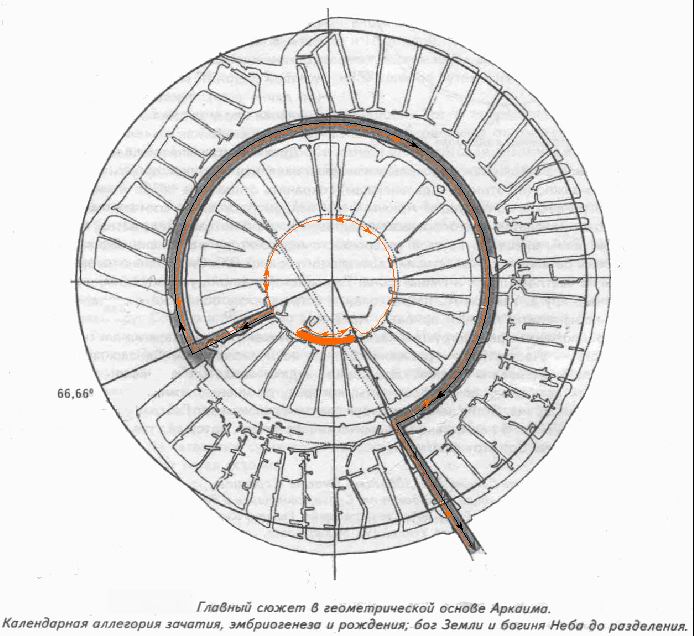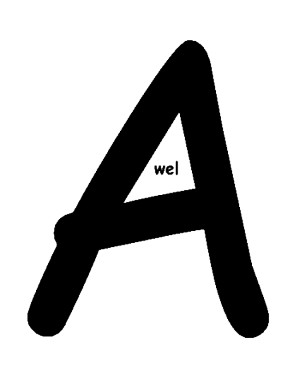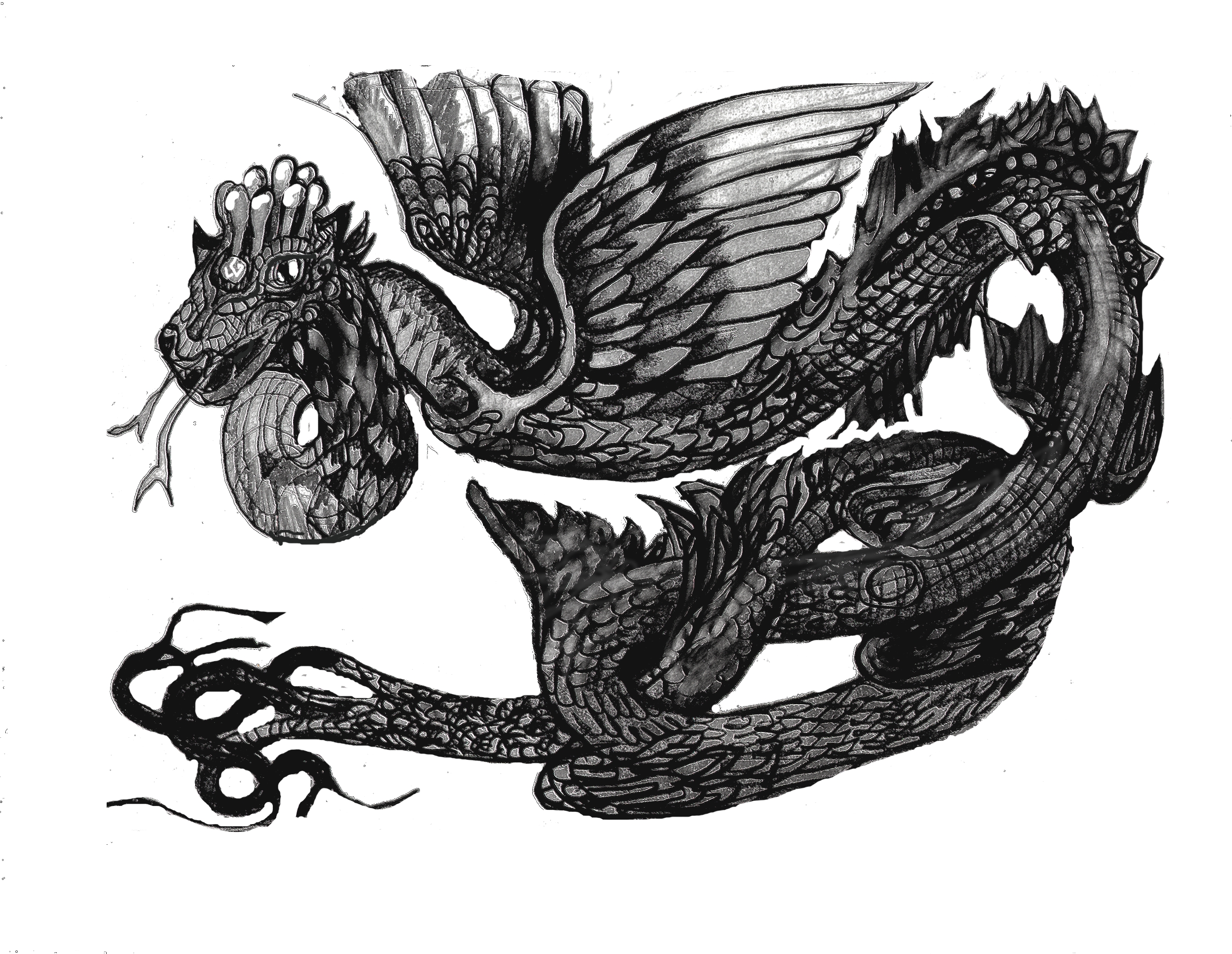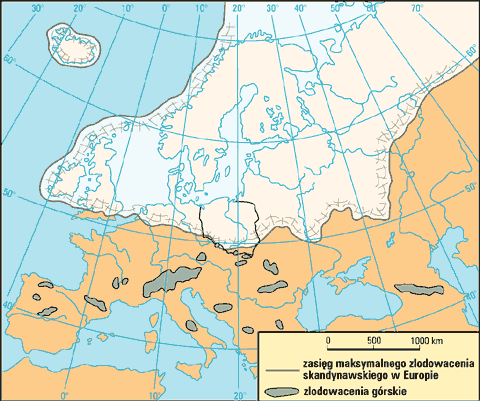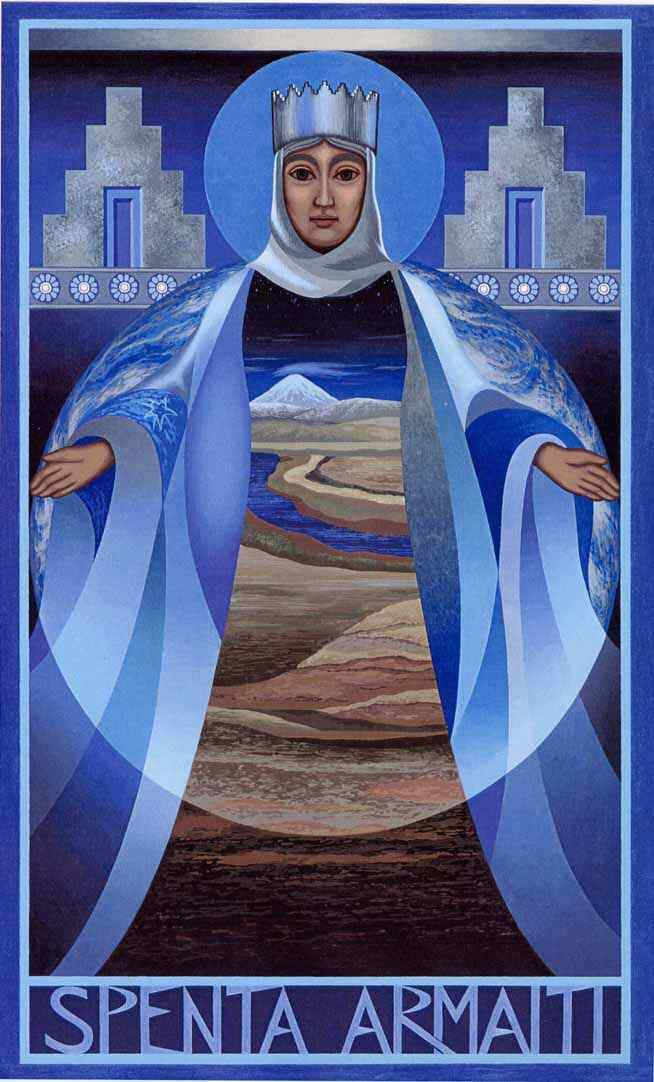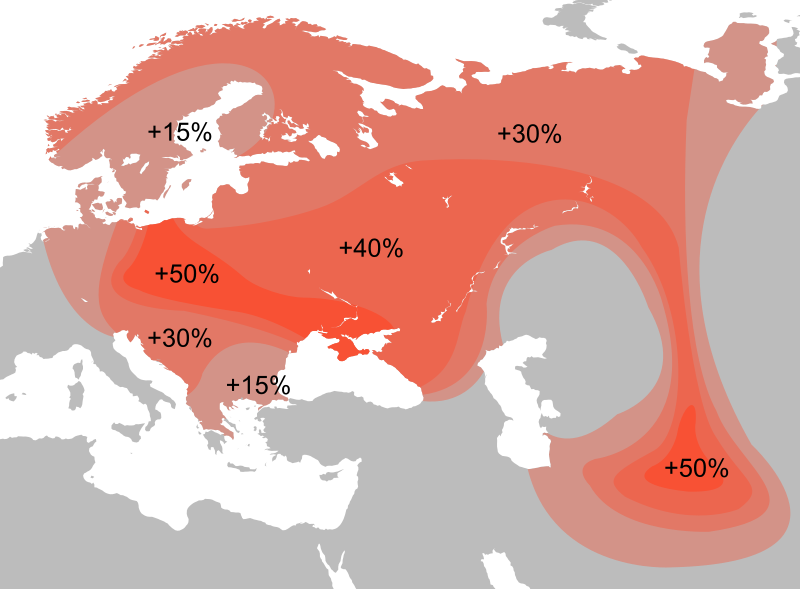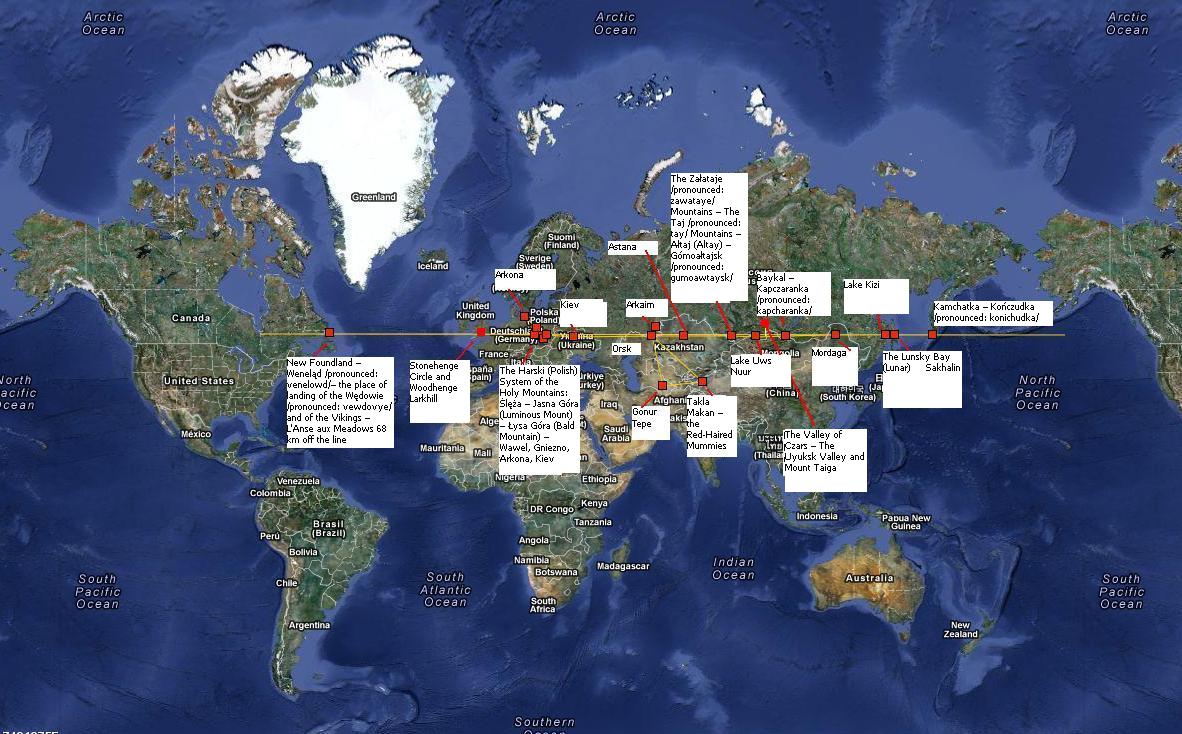© by Czesław Białczyński
© translated by Katarzyna Goliszek
I begin this article deliberately from Maria Janion’s citation: – ”The Amazing Slavism”. Indeed, Slavism is AMAZING and it is one of the greatest puzzles that every Aware Human Being comes across sooner or later, i.e. every Thinking Free Human living on Earth – regardless of the birth place and language that he / she speaks.
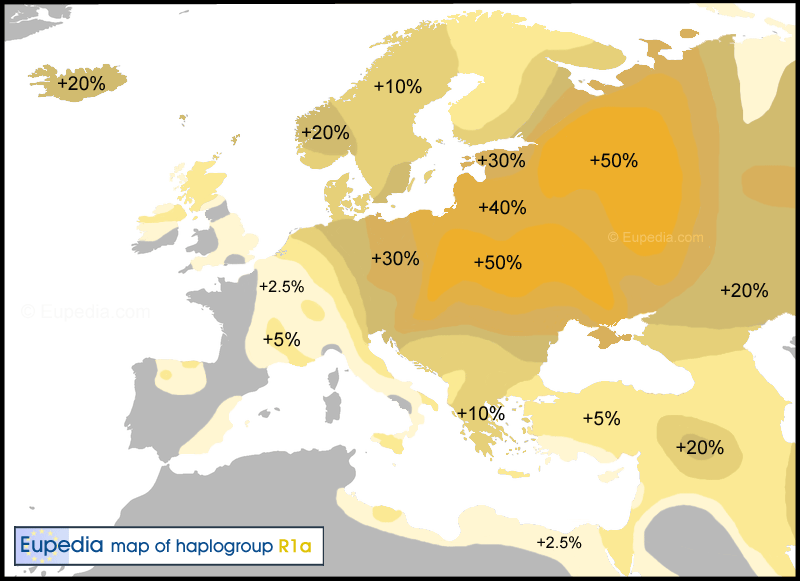 Map 1. I should point out that R1a in Europe is heavily related to Slavic speakers. Though quite high levels in Scandinavia as well, the result of which is that most R1a in Ireland and Scotland are probably related to the Viking age. Other major language areas which you see with lots of R1a are among Iranian (Persian, Kurdish, Pasthun) and Hindi (Hindi, Punjabi, Bengali, Nepali etc.) speakers.
Map 1. I should point out that R1a in Europe is heavily related to Slavic speakers. Though quite high levels in Scandinavia as well, the result of which is that most R1a in Ireland and Scotland are probably related to the Viking age. Other major language areas which you see with lots of R1a are among Iranian (Persian, Kurdish, Pasthun) and Hindi (Hindi, Punjabi, Bengali, Nepali etc.) speakers.
[The map of R1a above is fairly honest – it is rarity. The description which we are presenting fragmentarily below was not as honest, however, because it suggested that languages of the Kentum group are of the same source for the pre-Indo European language as languages of the Satem group, which is untrue. The premordial Indo European language was the Satem language – we can call it SCYTHIAN or Ancient Slavic from which originate all the present Satem languages deriving from Old Slavic (the language common for Hg Y-DNA R1a1 which means Scyths and Hg Y-DNA I which means Ancient Europeans) – the languages: Slavic, Albanian, Romanian, Hungarian, Baltic-Istian, Persian, Hindi, Pali and others. It is clear that the mentioned languages contain components of other genetic bases contributng to their obvious diversity. For instance, in the Baltic or Hungarian languages the Hg Y-DNA-N, in Persian Hg Y-DNA J, in Pali and Hindi – L, H (the Gypsy who coexist with us Slavic people in Europe) and R2 (of Dravidian people). Likewise, the earlier common language – pre-Indo European for the Scyths and Celts was Satem.]
Czytaj dalej →
